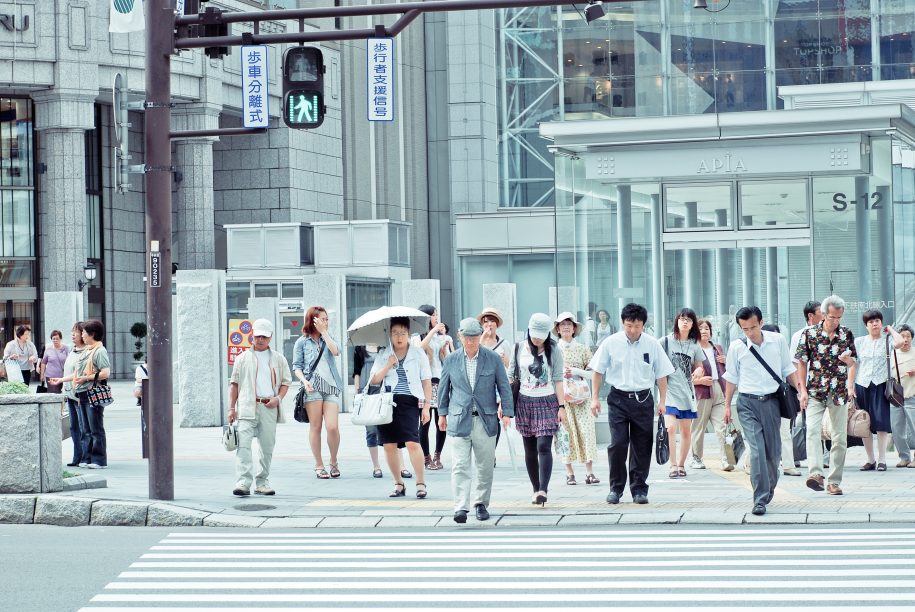Ethnic groups in Japan, Japan, often perceived as a homogeneous society, has a rich tapestry of ethnic diversity that adds vibrancy and depth to its cultural landscape. While the ethnic makeup of Japan is predominantly homogeneous, with the majority of the population being of Japanese descent, there are also several recognized minority groups that contribute to the country’s cultural fabric. In this article, we will explore the various ethnic groups in Japan, highlighting their histories, contributions, and the unique challenges they face.
- Yamato (Japanese):
The Yamato people form the majority ethnic group in Japan, accounting for approximately 98% of the population. Yamato is both an ethnic and linguistic group, tracing its roots back to ancient Japan. They have shaped the country’s history, traditions, language, and social norms, creating a strong cultural identity that serves as the foundation of modern Japan.
- Ainu:
The Ainu people are an indigenous ethnic group primarily inhabiting the northernmost island of Japan, Hokkaido. The Ainu have a distinct culture, language, and traditional practices, which include fishing, hunting, and woodcarving. Historically marginalized, efforts have been made to recognize and preserve Ainu culture, with the Ainu Culture Promotion Act passed in 2019 aiming to promote their rights, language, and cultural heritage.
- Ryukyuan:
The Ryukyuan people inhabit the Ryukyu Islands, including Okinawa, and have a distinct cultural and historical heritage. The Ryukyuan language, traditions, and performing arts have significantly influenced Japanese culture. Okinawa, with its unique traditions and cuisine, is a popular tourist destination, allowing visitors to experience the richness of Ryukyuan culture.
- Zainichi Koreans:
Zainichi Koreans are ethnic Koreans residing in Japan, primarily descendants of those who migrated during Japan’s colonial rule over Korea (1910-1945) and the aftermath of World War II. Despite being long-term residents of Japan, Zainichi Koreans face challenges related to discrimination and social integration. However, they have made significant contributions to Japanese society in various fields, including art, literature, and sports.
- Nikkei:
The term “Nikkei” refers to people of Japanese descent who live outside Japan. This includes Japanese immigrants and their descendants in countries such as Brazil, the United States, and Canada. Nikkei communities maintain strong ties with Japan through cultural exchange programs, language schools, and organizations, fostering a bridge between Japan and their adopted countries.
Conclusion:
Japan’s ethnic diversity extends beyond the commonly perceived homogeneity, encompassing various ethnic groups that contribute to the country’s cultural mosaic. The Yamato people form the majority and have shaped Japan’s identity, while the Ainu, Ryukyuan, Zainichi Koreans, and Nikkei communities bring their unique histories, languages, and cultural practices. Embracing and celebrating this diversity fosters a more inclusive and harmonious society, where each ethnic group’s contributions are recognized and valued. By acknowledging and respecting the ethnic mosaic of Japan, we can truly appreciate the richness and depth of its cultural heritage.


Leave a Reply